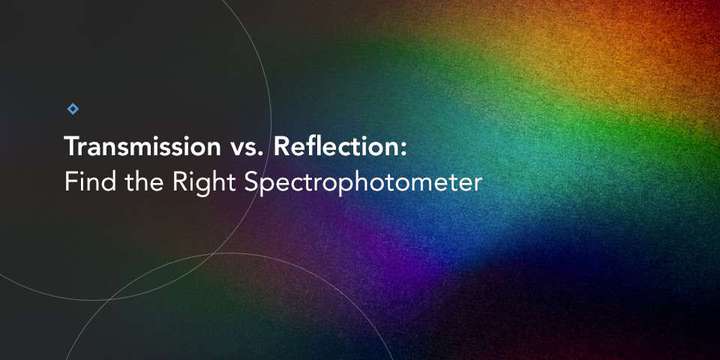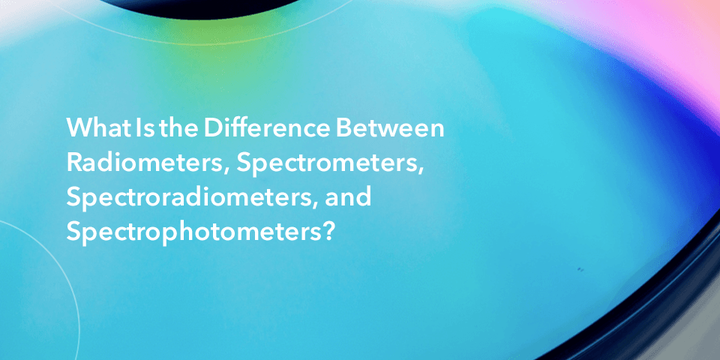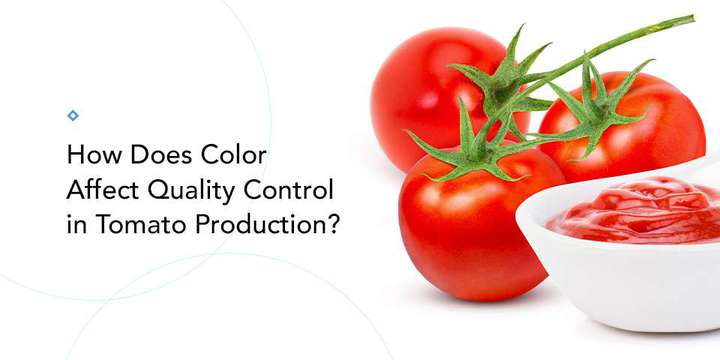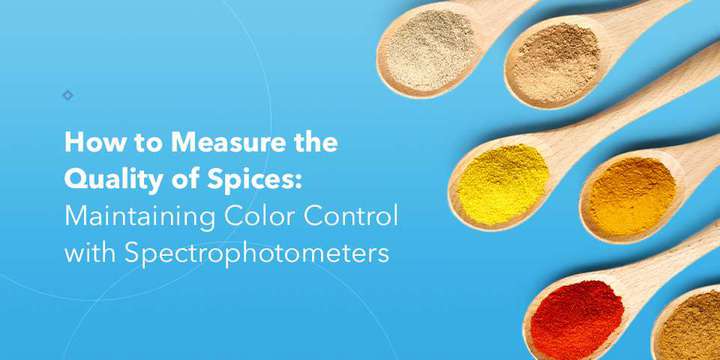If you work in the biopharmaceutical industry, you’re likely familiar with the concept of light and color measurement and the equipment used in these processes — radiometers, spectrometers, spectroradiometers, and spectrophotometers. While all four solutions are used to detect light and energy, they vary widely in their capabilities, applications, and intended purposes. It’s important to know and understand the differences between these solutions to determine which one will adequately serve your needs.
Radiometer vs. Spectrometer vs. Spectroradiometer vs. Spectrophotometer
These devices have similar names and are used to measure spectral data points and wavelengths within the electromagnetic spectrum. Despite this similarity, they have varying scopes regarding the types and qualities of measurements they produce.
Radiometers can only detect and measure electromagnetic radiation within a particular wavelength range. Spectrometers measure a broader scale of electromagnetic energy and have more capabilities, including breaking down signals based on amplitude.
In comparing spectroradiometers vs. spectrometers, the main difference is that spectroradiometers combine the capabilities of radiometers and spectrometers. These devices also collect details about power, radiance, and other metrics.
Spectrophotometers measure light reflected or transmitted by objects, while radiometers measure light emitted by a light source. Unlike the other tools, spectrophotometers focus on how transmitted and reflected light generates color rather than on the qualities of the light itself.
What Is a Radiometer?
A radiometer measures the electromagnetic energy present in a specific wavelength range. This solution is typically used to detect and quantify energy outside the visible light spectrum and measure infrared and ultraviolet light. The radiometer begins by measuring the incoming current or voltage in watts, then corrects the signal to create a calibrated, quantitative light level measurement. With this information, the meter provides one reading over the specific wavelength range it is designed to measure.
Pros and Cons of Radiometers
Radiometers are inexpensive and portable, making them a cost-effective and practical choice. This solution can identify troublesome UV energy and detect and measure heat energy on surfaces. It also has one sensor that allows it to quickly measure all intended wavelengths.
However, radiometers cannot identify emitted wavelengths or their individual amplitude. Sometimes, variations exist in the filter used to match the light source, which creates difficulty when comparing results from radiometers of different manufacturers. Also, radiometers only measure a particular range of wavelengths, unlike other tools.
Applications
Radiometers' ability to detect the presence of UV energy makes them valuable tools for any application where it is undesirable, such as museum lighting. In this atmosphere, UV energy could degrade artifacts or artwork.
The device also measures infrared light, enabling surface temperature measurements in settings such as along an assembly line or on a road's surface. Other applications include monitoring weather, like precipitation and wind speeds.







